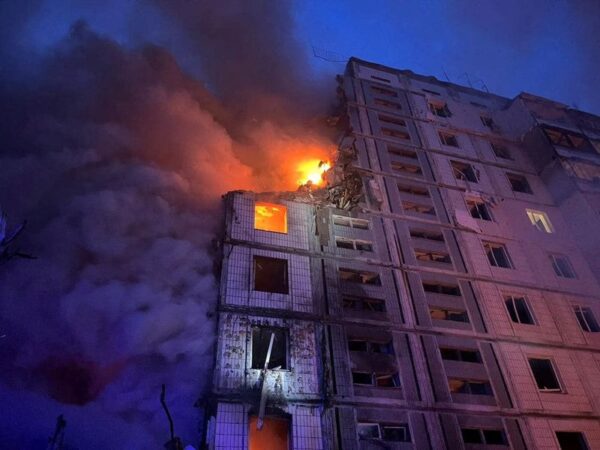December 26, 2021, marked 17 years since the earthquake and tsunami of the Dahsyat Indian Ocean in 2004 which hit the coast of several countries in South and Southeast Asia and took fatal victims in the population there Listed among the worst disasters in this part of the world, more than 230,000 people throughout India, Sri Lanka, Maldives, Thailand, and Indonesia and sustainable countries billions of dollars for property after a 100-foot tsunami triggered by A magnitude of 9.1 earthquakes.
The 2004 Indian Ocean Tsunami is also known as a boxing day tsunami or, in the scientific community, the Sumatra-Andaman earthquake. According to a report by CNN, the vibration was so strong that it was one of the rare instances when the entire planet trembled and there was no place on earth that escaped Globally, this earthquake is large enough to basically thrill the entire planet as much as half an inch, or centimeters,” the report quoted Professor Geoscience at Penn State University in the United States. “Everywhere we have instruments, we can see movements These all you need to know about the 2004 Indian Ocean tsunami on the 17th anniversary:
Where is the epicenter of the earthquake?
The lower earthquake of Megathrust, which registered the magnitude of 9.1-9.3, came from the epicenter on the west coast of North Sumatra in Indonesia, which was caused by rupture along the fault line between the Burmese plate and Indian dishes The earthquake was soon felt in India, Bangladesh, Myanmar, Sri Lanka, Malaysia, Thailand and Maldives. After that, the tsunami followed and, as a result of the seabed popping up, the height and intensity of tsunami waves greatly increased and it led to the destruction of the people along the coast around the Indian Ocean.
Among the most deadly natural disasters in the history recorded Triggered by the underwater earthquake activity off the coast, the 100 feet of tsunami waves put complete destruction in 14 countries, making it one of the deadly natural disasters in the history recorded According to geological estimates, the 2004 earthquake was the third largest type of note, and it managed to trigger aftershocks as far as in Alaska. The fate of people and affected countries encourages humanitarian responses throughout the world, with a total contribution of more than $ 14 billion.
Indonesia, achieving the worst by disaster, but is no stranger to earthquakes, lying between the Pacific Fire Rings and Alpide belts along the south and west. The Sumatra 2002 earthquake, in fact, is believed to have become a battle for this main event Tsunami waves are more destructive than WWII nuclear bombs According to Tad Murty, the Tsunami community vice president, the total 2004 tsunami wave energy (big and destructive waves slowed near the beach and reached an altitude of 80-100 feet) equivalent to about five Megaton TNT (21 PJ), which was more than twice the total explosive energy used during all World War II included two atomic bombs Tsunami researchers and fortune tellers with the central government of the ocean and the atmosphere of the national atmosphere for research tsunami, Vasily Titov, also cites the 2004 tsunami destructive capacity in the earthquake in megathrust error, “where the subduction of the smaller plate is lighter” They are the biggest mistakes in the world and they are all under water,” said the history of quoting it. He added that tsunami waves can be seen such as large gravel falling in the sea which causes Mega ripple.
Eye operator for India
The Sumatra earthquake and tsunami are considered an eye opening for India because they introduce the Indian coastline to the tsunami and the strength that can be damaged. Learning from unprecedented natural disasters which caused great damage to life and property, the Ministry of Earth established the Indian Tsunami Early Warning System (ITews) at the National National Center for Marine Information Services (Incois), Hyderabad in October 2007 Scientists in India can now predict and project movements in the Indian Ocean through real-time seismic monitoring with the lower pressure recorder (BPR), tidal gauge, and the 24×7 operational tsunami warning system to detect Tsunamigenic earthquakes to provide the initial advisor to the most vulnerable India finally became the first country to build an early warning system for tsunami detection, while Odisha became the first country in the country to get a tsunami ready recognition.







